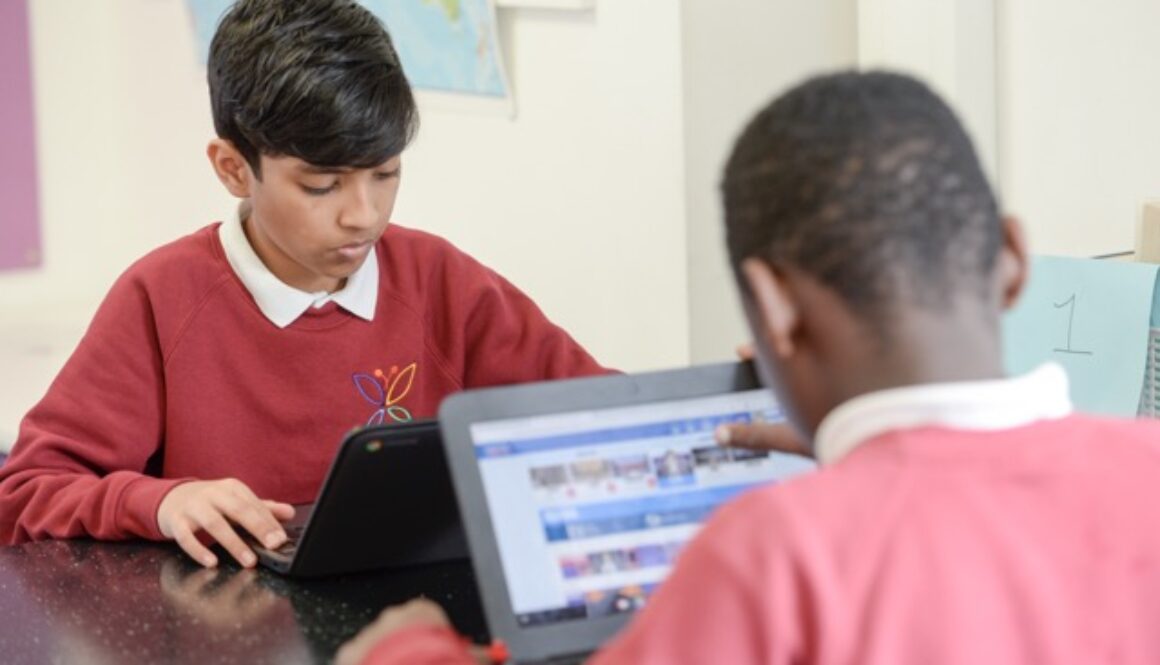Cultivating Maths Skills through Storybooks (EYFS – KS4)
By Joseph Kennedy
Children love stories – so why not use them to spark their interest in Mathematics? For many educators using stories as a gateway into maths can be empowering for both adults and children, helping to alleviate the anxiety often associated with the subject. These narratives encapsulate abstract mathematical concepts, making them more accessible and comprehensible for young learners. The interactive nature of these stories invites children to respond and participate, allowing them to explore ideas independently and guide their learning in new and creative directions. Traditional stories are rich with numbers: three wishes, eleven brothers, five magic beans. Numbers establish the patterns within these tales: the first two pigs faced trouble, but what happened to the third one? Both children and adults use stories to understand the world; they provide words and images that help us express our emotions. Similarly, maths is a way of organising experiences, by taking objects and events from the real world and uncovering the connections between them. The Education Endowment Foundation’s Early Years and Key Stage 1 Mathematics Evidence Review identified the use of picture books in Maths as a promising approach, to help children who are falling behind develop a secure understanding of numbers before they move to KS1. There is a small but growing body of evidence to support the use of storybooks to teach mathematics in the early years, most of it involving the specific use of talk and oracy.
What ingredients cook up a fantastic Maths story picture book?
- First, it must whip up an engaging story – no sneaky word problems or dull textbooks allowed!
- Secondly, it should blend different ways to show a concept, with illustrations that match both the scene and the maths.
- Thirdly, the story should dish out how characters use maths to solve everyday problems, revealing that sometimes the trouble lies in a misplaced decimal point!
Using storybooks to teach mathematics not only makes the subject more engaging compared to textbooks or worksheets but also injects a sense of adventure and problem solving into learning. Often, these stories unfold with a crisis or challenge, compelling characters to apply their mathematical knowledge and skills creatively. As children immerse themselves in the narrative and bond with the characters, they emotionally connect with understanding the maths involved. Furthermore, stories provide a platform for children to see how mathematics relates to their own lives through contextualisation. Additionally, stories leverage the power of visualisation to make abstract mathematical concepts more tangible. Through vivid illustrations, ideas like prime numbers or dividing fractions are brought to life visually, making them easier for young learners to grasp and remember.
Maths Topic to Teach Using Stories
1. Graphs of functions: Imagine students grappling with the epic saga of time versus distance on a coordinate plane. The teacher could weave a tale of triumph and turmoil, discussing intercepts and slopes (negative, positive, and zero) while narrating a heroic journey from home to the ice cream shop (because who doesn’t love a sweet destination?). As students concoct their most imaginative stories, they will unwittingly solidify their grasp of algebraic concepts. It is not just about graphs; think epic tales of launching objects into the stratosphere, calculating projectile motion functions (or avoiding the neighbour’s window)!
2. Solving Equations: When tackling equations, I liken the variable x to a mischievous cat who prefers solitude. Imagine x in the equation 4x – 3 = 5 as this independent feline. It finds itself multiplied by 4 and then subtracted by 3, feeling a bit overwhelmed. Our goal is to undo these actions, gently coaxing x out from under the sofa (or away from the operations) so it can enjoy its solitude once more.
3. Angles: I sketch an acute angle on the board and jest that it represents the layout of my first apartment, ‘It was a-cute little place’ (cue laughter.) Continuing the tale, I explain that my neighbour ‘Jason lived adjacent’ to me — we shared a wall. As my income improved, I moved to a larger apartment (drawing an obtuse angle that extends from the original acute angle).
Cautionary Note on Using Maths Stories. Beware: Storytelling can sometimes become overly intricate and convoluted, potentially overshadowing the core maths concepts. The goal is for students to grasp the mathematics, not get lost in charming anecdotes. Always ensure the maths content remains accurate and clear in the stories.






